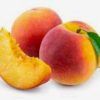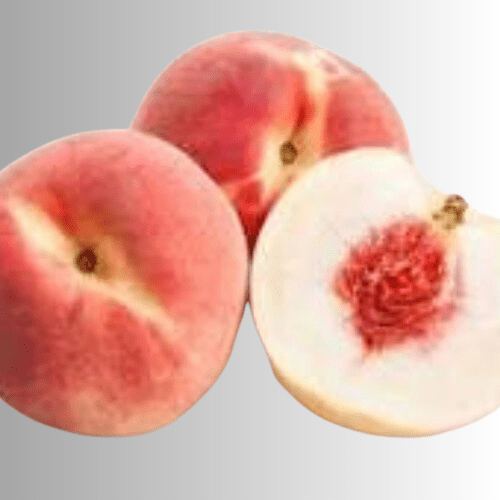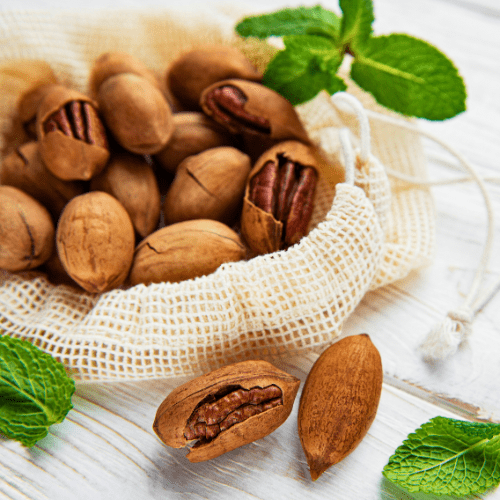Position
Full sun, although they can tolerate some shade they will yield more fruit the more sun they receive and grow more vigorously. Peach trees require colder climates and do not do well in warm winter climates.
Size
Peach trees can grow to about 8-10 metres tall. Plan the site before planting, keeping the tree away from external walls, electrical lines, and other trees. Plant in a protected area if possible, as strong winds can damage branches and leaves.
Soil Type
Choose well-drained soil that is rich in organic matter. The soil should have a pH level between 6.0 and 7.0, slightly acidic to neutral. Elberta peach trees need full sun exposure for at least six to eight hours daily to ensure optimal fruit production.
Mulch
Use from 2 to 5 centimetres of pine bark mulch to protect the roots from UV damage and drying out. It retains moisture, and maintains an optimal pH. Do not let the mulch touch the plant stem, as it may cause infection or rot.
Watering
Water every second day after transplanting for about a week; thereafter, reduce to twice a week in dry or hot weather for the next 2-3 months. Regular irrigation ensures the trees receive adequate moisture, especially during dry periods. Avoid overwatering, as excessively wet soil can lead to root rot.
Pruning
Prune peach trees during the dormant season (late winter or early spring) to remove dead, damaged, or diseased branches. Also, thin out crowded branches to improve airflow and sunlight penetration, which helps reduce the risk of fungal diseases.
Fertilising
Use our slow-release nitrogen-rich all plant fertiliser. Apply 1 teaspoon every 4-5 months. The roots will absorb what they required.
Pest and Disease Control
Monitor the tree regularly for common peach tree pests such as aphids, peach tree borers, and fruit flies. Use organic pest control methods; EM Control is a reasonable and efficient option. Implement proper sanitation practices, such as removing fallen leaves and fruit, to reduce the risk of diseases like peach leaf curl or brown rot.






